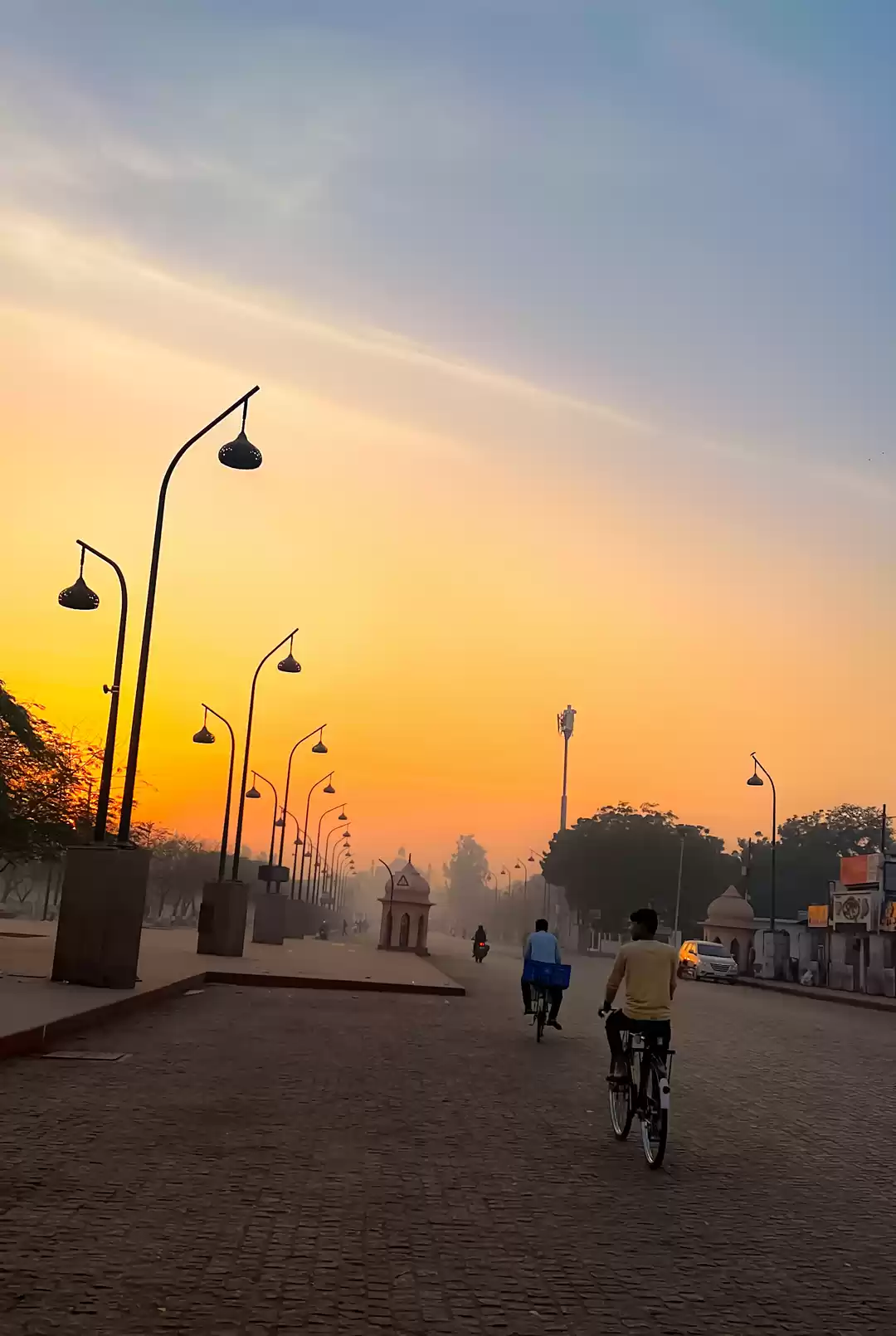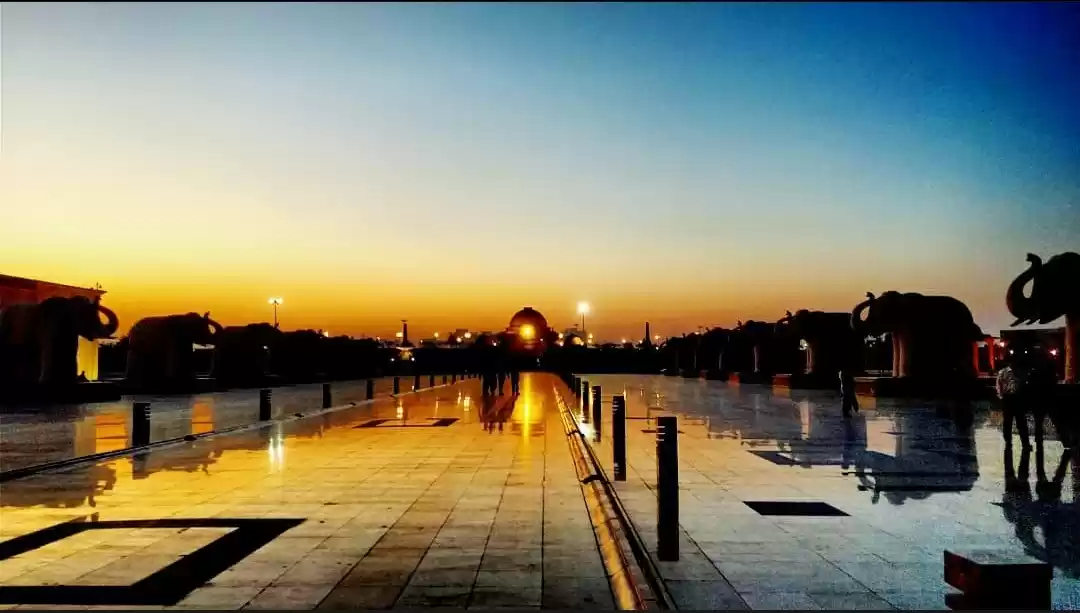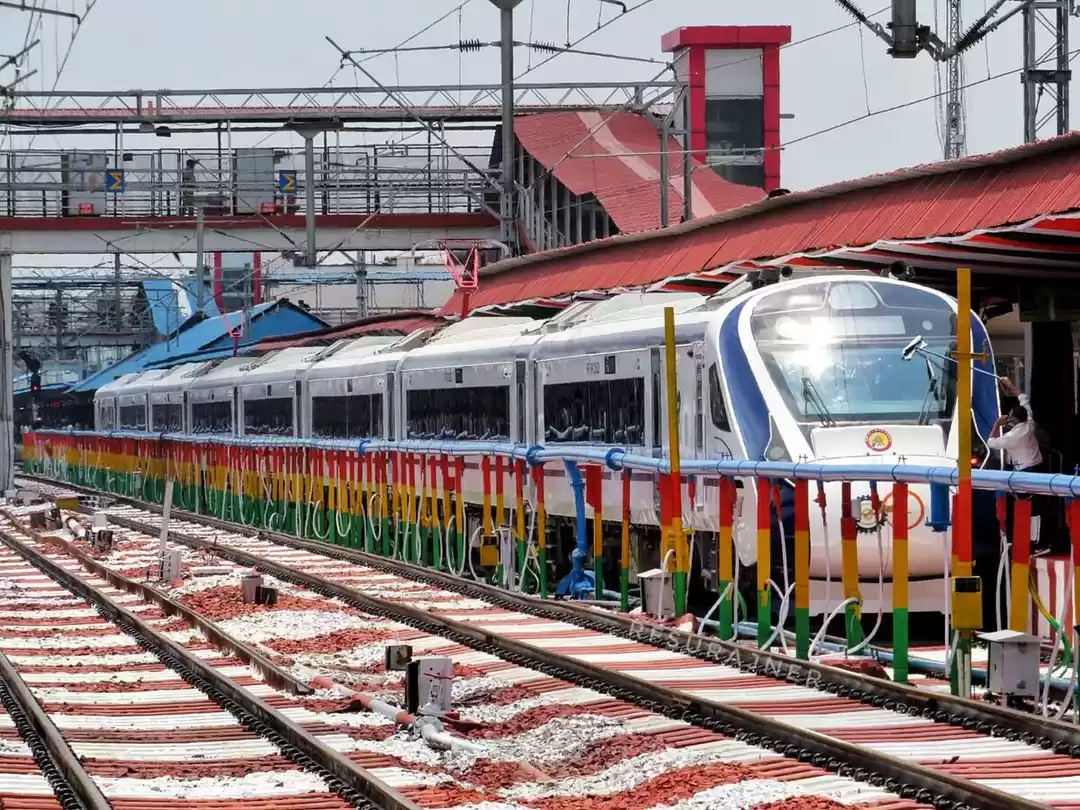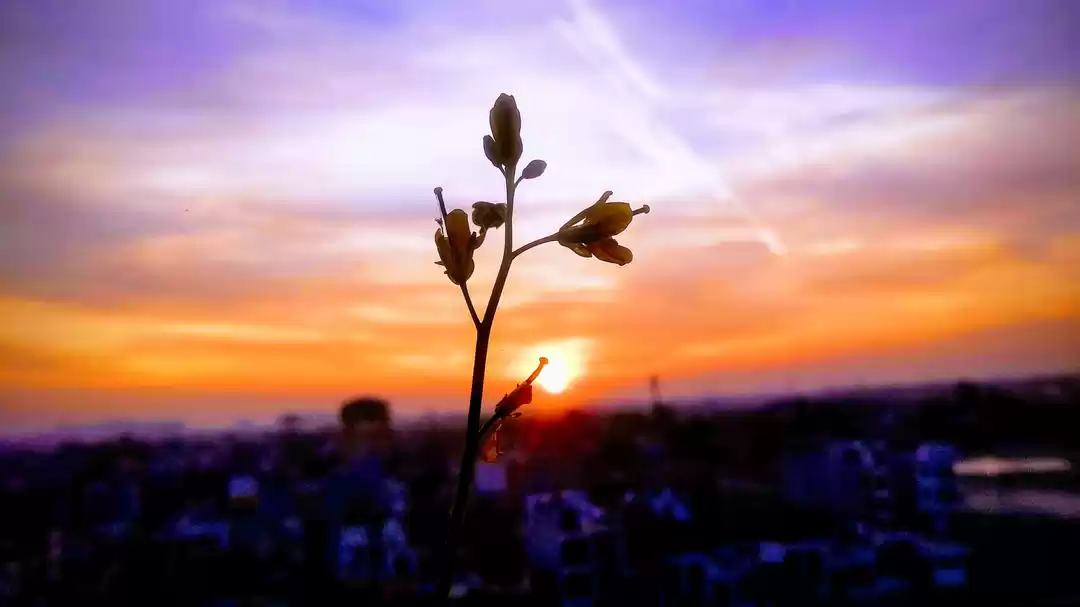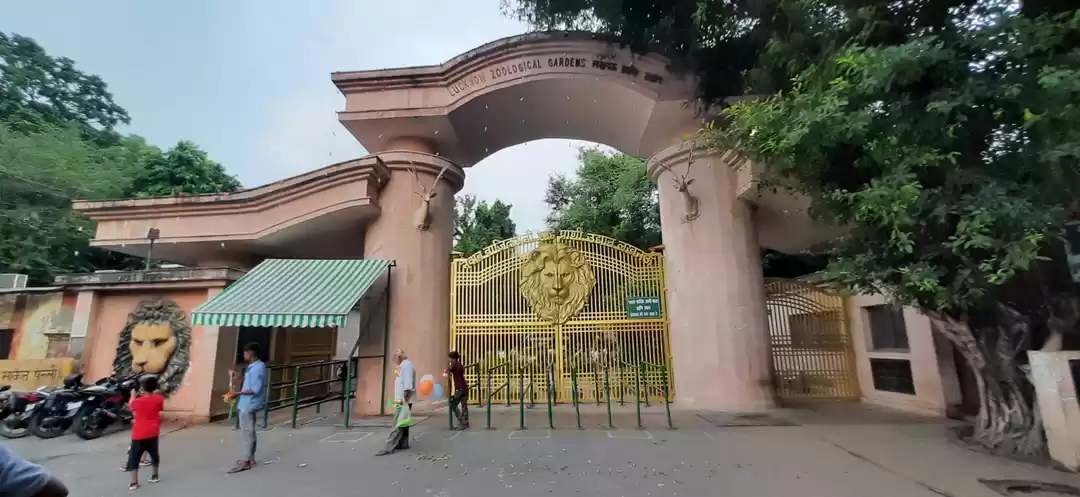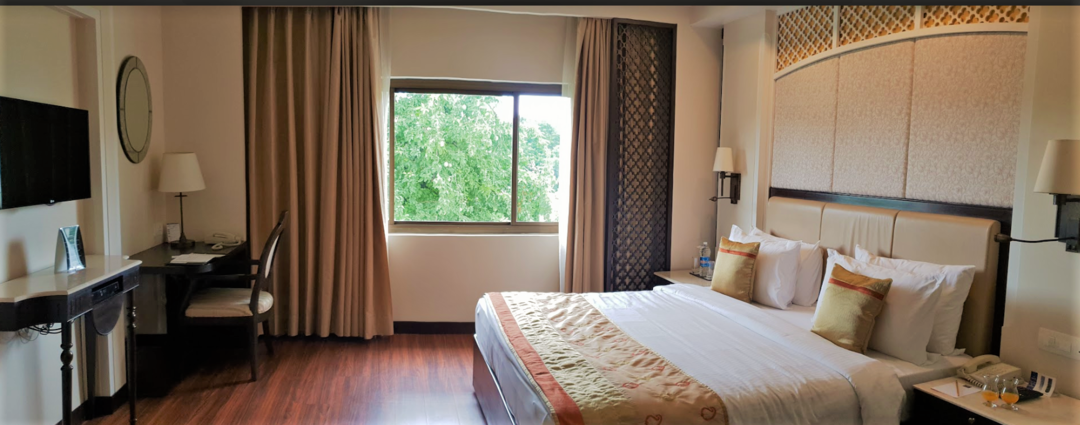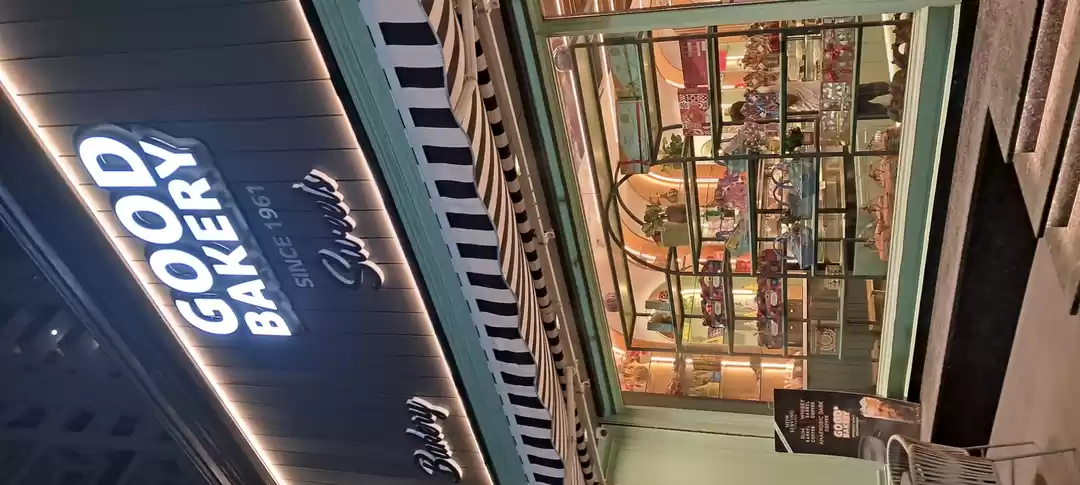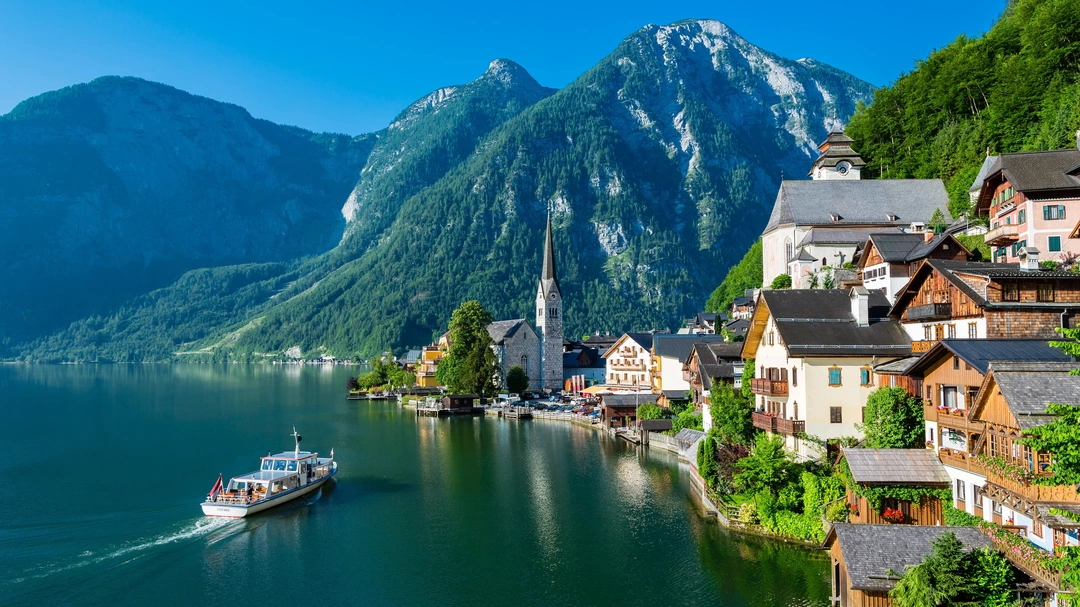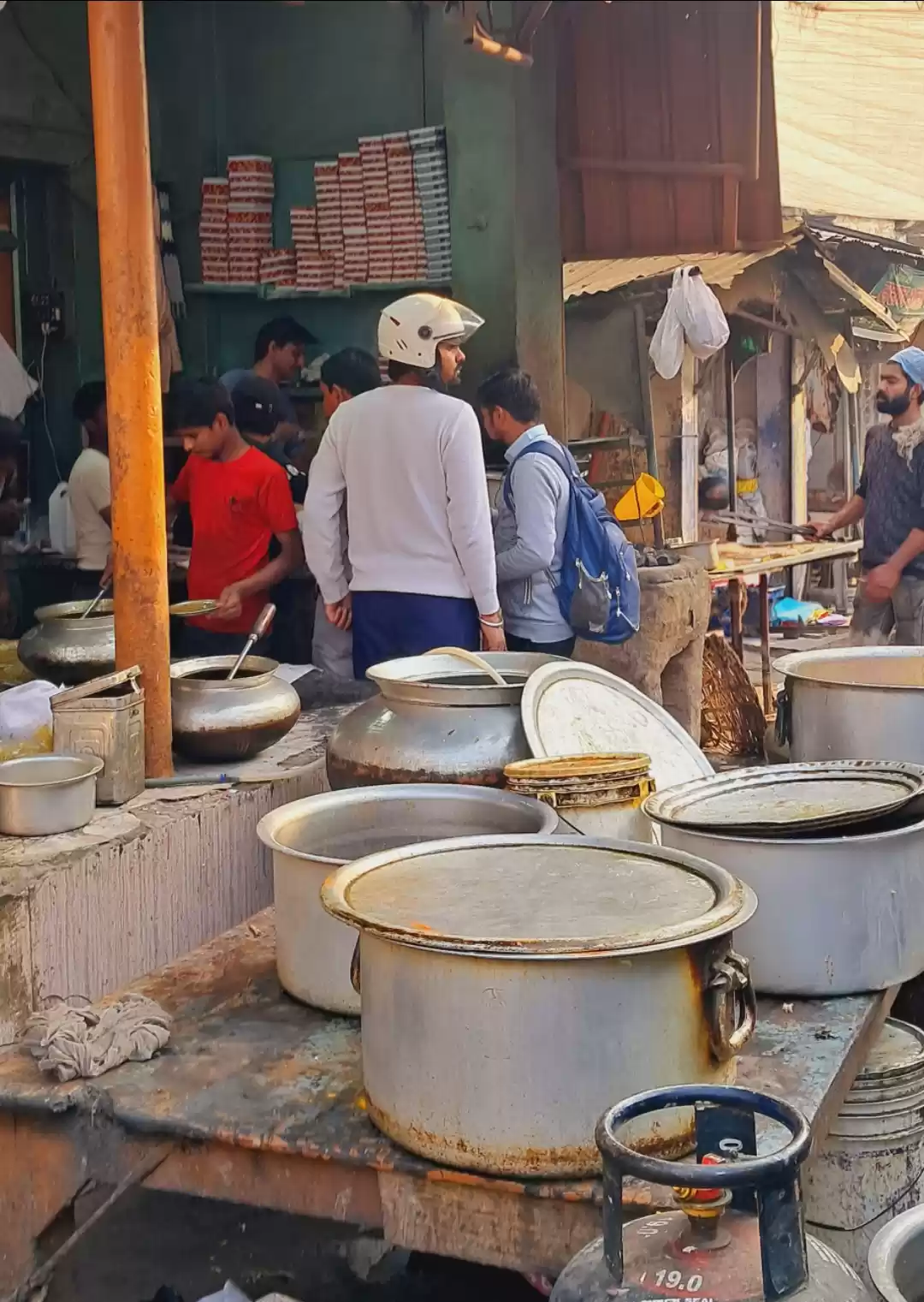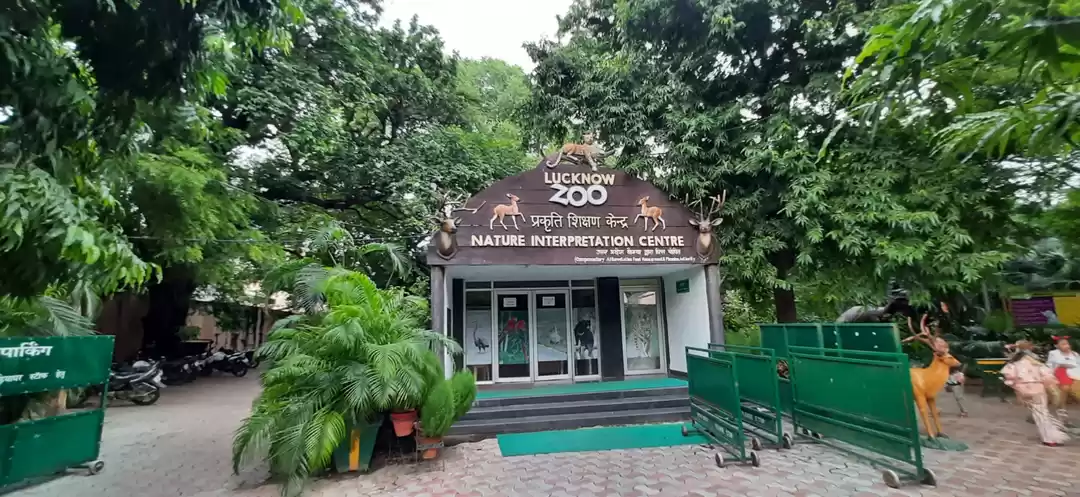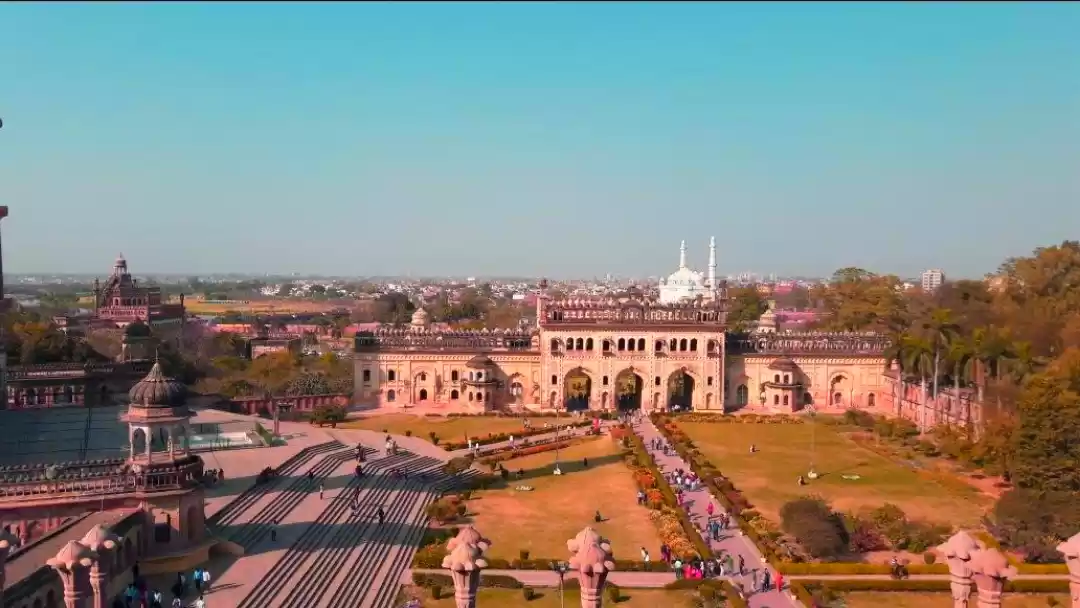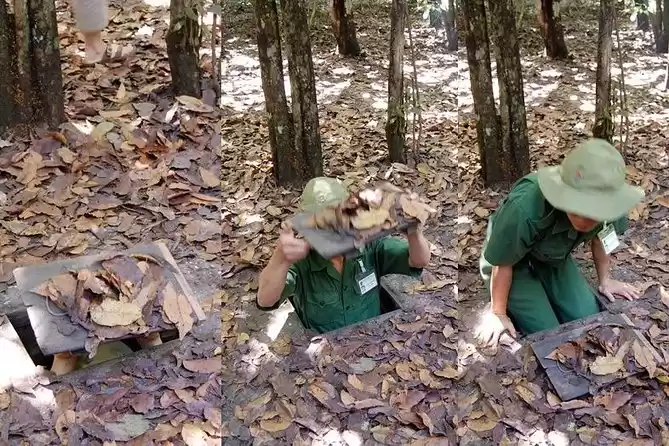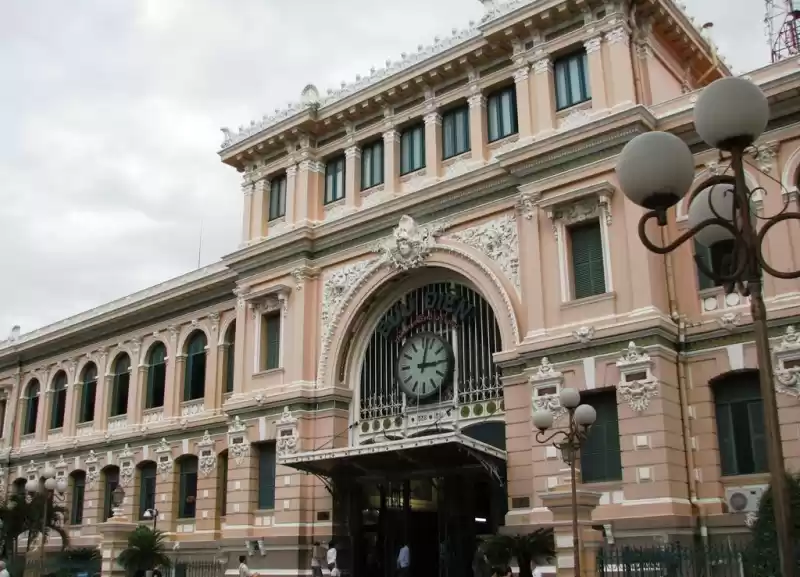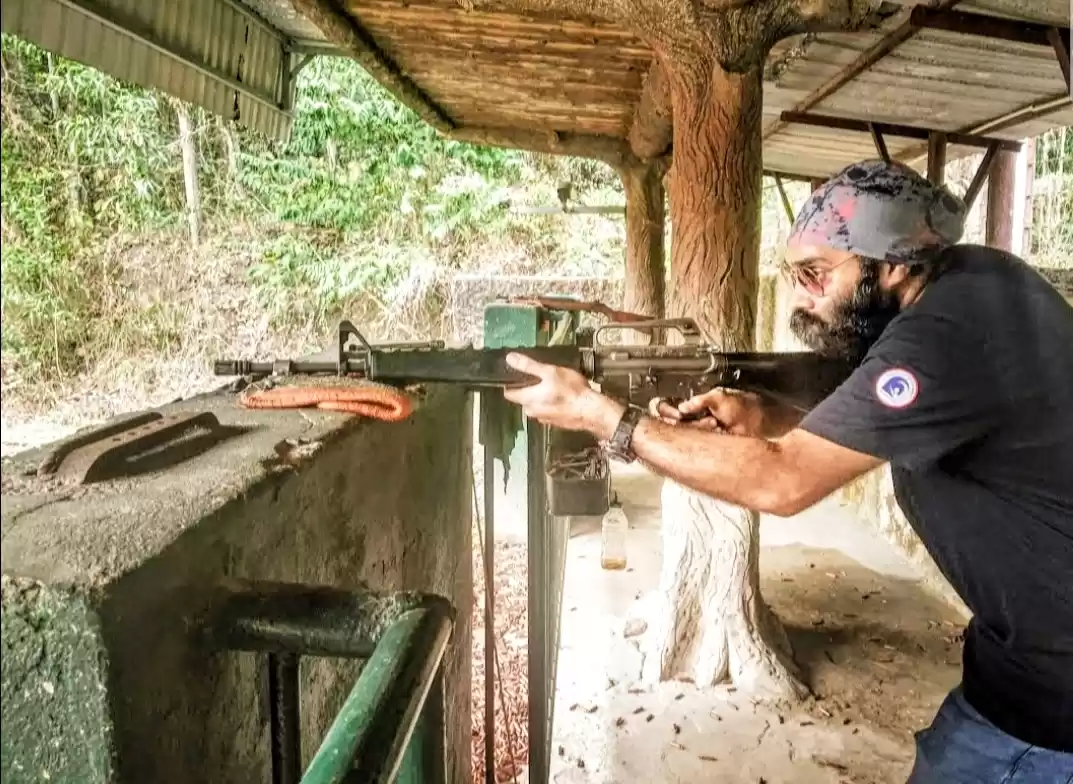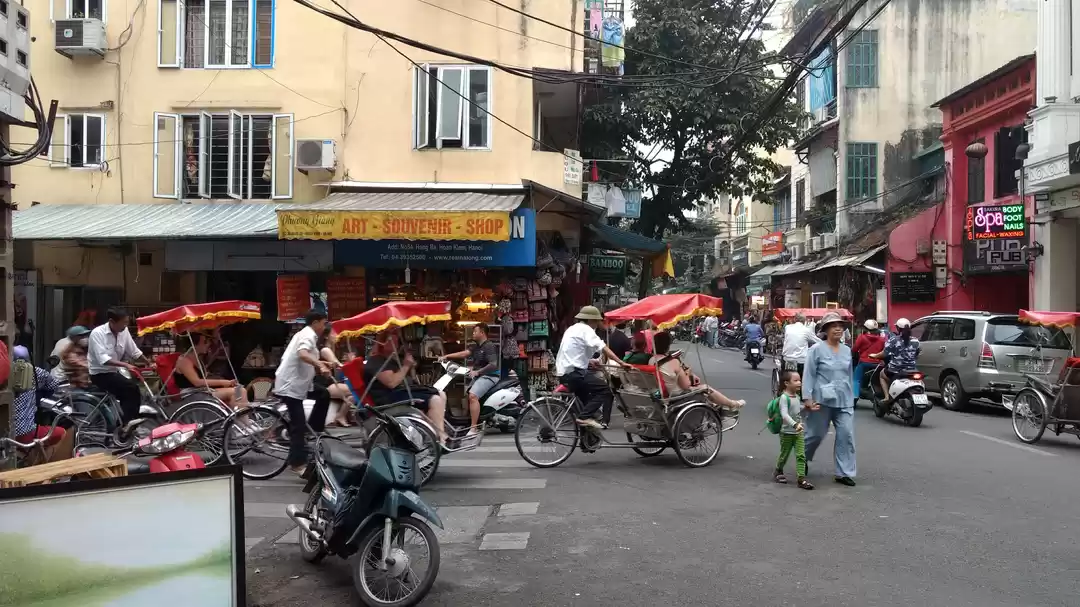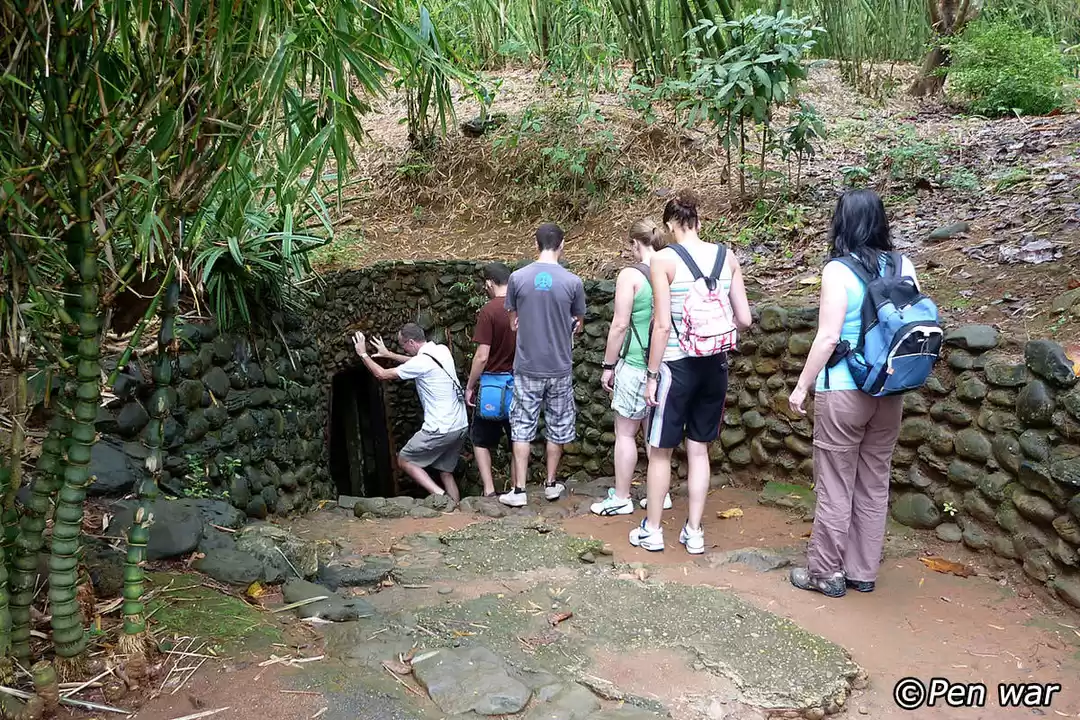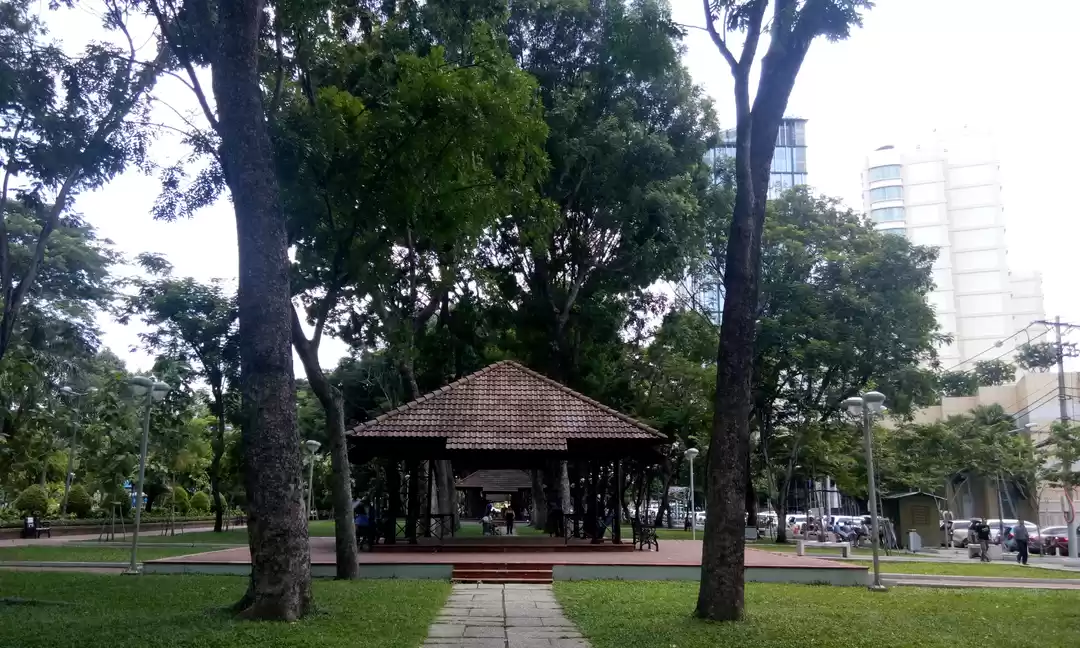
One the more famous places around Ho Chi Minh City are the Cu Chi tunnels , located 70 km NW of the City. These tunnels were used as underground hideouts and strategic defense areas of the forces of North Vietnam / Viet Cong for some, during the Vietnam war. The tunnels were 0.5m to 1m in breadth , 2-3 ft in height and ran upto 10 m deep. There were 3 levels underground, several metres below the surface , interconnected by narrow shafts. The shallowest level was at least 3 m from the surface. The Cu Chi tunnels were discovered during the course of the war but all efforts to make them unusable, failed. The interconnected tunnels ran for 200kms right upto the Cambodian border. Can be aptly described as an underground version of Bhulbhulaiya of Lucknow.
The area was subjected to carpet bombing during the Vietnam war(1960-70’s) and large crators of 20ft by 20ft with 1-2 m depressions were observed all around. On examining the outcrop, I found it was hard Laterite which held on after a couple of metres to any kind of bombing from above.The tunnel entrance where sniffer dogs were sent were smeared with chili and garlic to confuse the dogs during the war. Soldiers hid there for days and months in those narrow alleys and would come up in night time for operations. I went into one of the tunnels and after a few meters of crawling, was gasping for breath, felt claustrophobic and thought, I was having a panic attack.
Three principles which was used by the soldiers from the north were: leave no footprints, no sound and no smoke. Cooking done underground was designed in such a way that the smoke of the cooking would come out through vents few kms away. Small ant mounds type dumps were there , which had tiny holes to allow air inside the tunnels. Huge number of booby traps with innocuous looking camouflage were on display where sharp iron rods would pierce the person falling into it. The lady photographed with me runs a small restaurant in an area further NW .She fought the war and is a decorated soldier in her country. She once stayed 21 days at a stretch in the Cu Chi tunnels during the war. All the bomb shells dropped around the tunnels were recycled to build weapons or for other purpose by the soldiers from the north. All this description was heard from the locals there.
Just outside the tunnels , I found a lady making rice paper, using a contraption which looked like part of Shiva linga .In central Vietnam, Hindu temples of historical time exists.


